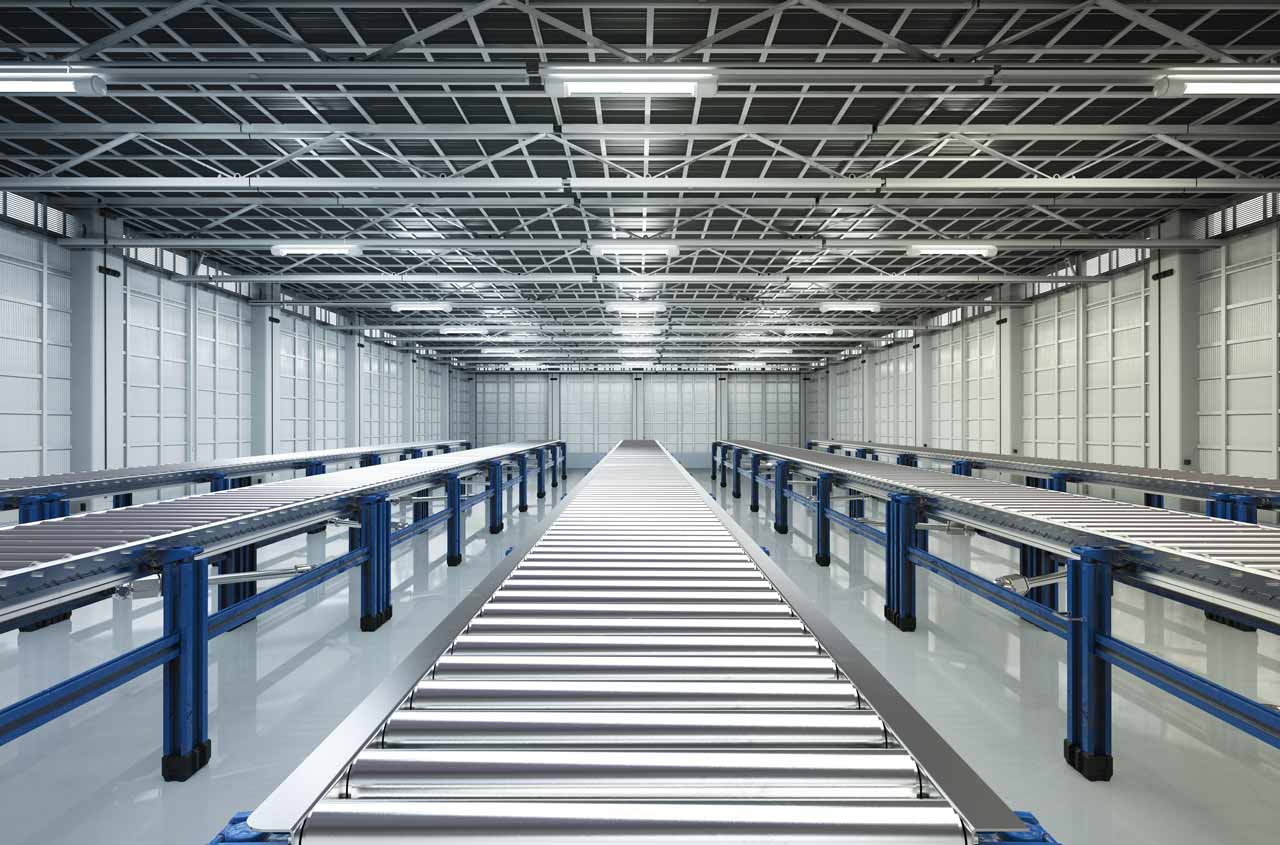The scope of services of M&P
- Support for certification in accordance with the ‘Green Hospital’ standard for the main topics of space and function planning
- Building technology, in particular the requirements for building equipment in terms of sustainability, security of supply, control technology and quality management
- Optimisation of infrastructure and services for food supply, person logistics, goods supply and disposal, cleaning, outdoor facilities and patient services
- IT structure for end device concepts, network, WLAN and LAN equipment, and telecommunications
- Derivation of the requirements for building equipment in particular, as well as medical technology topics
The Klinikum am Europakanal hospital in Erlangen has a long history. Opened in 1846, it was the first hospital for the mentally ill in Bavaria. Nowadays, it has over 600 beds and offers a wide range of psychiatric care for patients. Its funding provider, Bezirkskliniken Mittelfranken, is currently planning a future-proof general expansion of the well-known hospital. In August 2017, M&P was awarded the contract to create modern operating concepts that consistently focus on digitisation.
Bezirkskliniken Mittelfranken is making big plans for the future of the Europakanal hospital. In the quiet, spacious hospital complex – true to the vision of ‘residing and living in the park’ – an innovative, groundbreaking hospital complex is to be built that blends harmoniously into the park-like surroundings. The plan is to develop the best possible user-oriented, energetic and functional aspects and implement them in the architecture, technology and organisation. The stated aim is certification in accordance with the ‘Green Hospital’ standard of the Bavarian State Ministry of Health and Care. With that in mind, the following requirements were placed on the new operating concepts:
- Building technology, in particular the requirements for building equipment in terms of the following aspects:
- Security of supply, sustainability
- Technical communication interfaces
- Overarching control technology (requirements for system development, commissioning, operation)
- Quality management (focus on follow-up cost transparency for subsequent operation)
- Infrastructure and services covering the following topics:
- Food supply
- Person logistics
- Goods supply and disposal logistics
- Cleaning
- Outdoor facility maintenance and design
- Patient services
- IT structure:
- End device concept (workstations incl. printer concept, mobility concept)
- Network concept
- WLAN and LAN equipment
- Telecommunications
- Medical technology, in particular derivation of the requirements for building equipment considering the following aspects:
- Security of supply, sustainability
- Technical supply and communication interfaces
- Quality management (focus on follow-up cost transparency for subsequent operation)
In addition to a fundamental evaluation, the requirements for the building equipment were to be derived in each case. The operating concepts were based on preliminary spatial and functional planning and served as an important basis for a subsequent architectural competition for the general expansion planning ‘Klinikum am Europakanal, Erlangen’.

Image: Depiction of roller conveyor principle
A convincing concept
M&P prevailed in the competition and in August 2017 was awarded the challenging contract to develop modern, coordinated operating concepts for the hospital, which, in addition to involving future-proof equipment, also optimise important service processes for patients and employees.
At the core of all the concepts is the consistent use of the current and future possibilities of digitisation. These include, for example, (partially) automated material flow systems for the various elements of internal transport.
The experts from M&P considered different variants in this context, depending on the relevant ‘transport task’.
